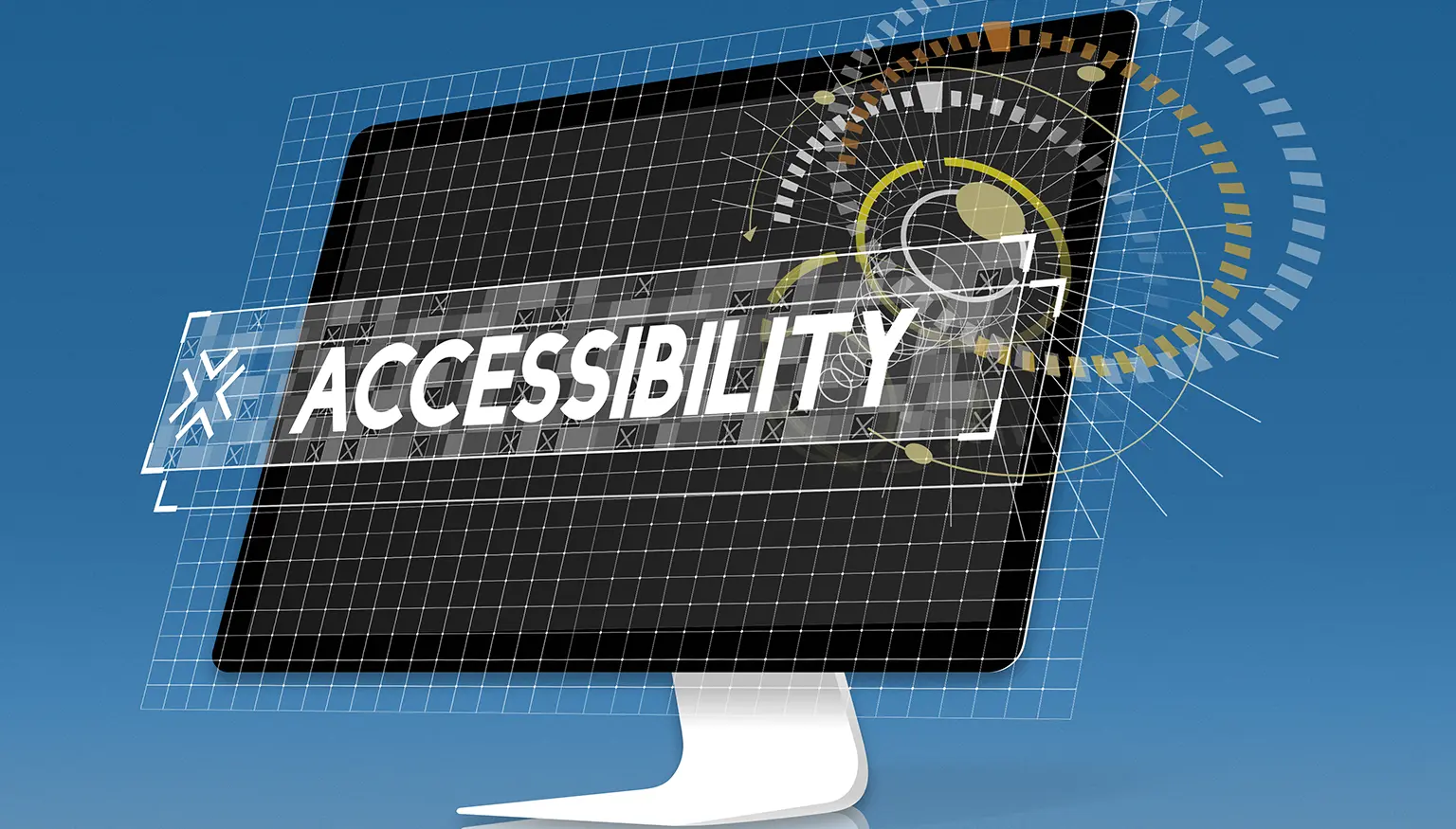Introduction
In an increasingly digital world, web accessibility has emerged as a critical concern. It’s not just about making your website look good; it’s about making it accessible and usable for everyone, regardless of their abilities or disabilities. This article explores the importance of web accessibility and offers guidance on how to ensure that your website is truly inclusive to all users.
What Is Web Accessibility?
Web accessibility, often referred to as “a11y” (a shorthand for “accessibility” with 11 letters in between), is the practice of designing and developing websites and web applications that can be used by people with disabilities. Disabilities that affect web users include visual, auditory, motor, and cognitive impairments. Accessibility aims to eliminate barriers and provide an equal opportunity for everyone to access and interact with web content.
Why Web Accessibility Matters
Inclusivity: A fundamental reason for web accessibility is inclusivity. An accessible website ensures that all users, regardless of their abilities, can access and interact with your content. This reflects positively on your brand’s reputation and values.
Legal Compliance: Many countries have laws and regulations in place that require websites to be accessible. Failure to comply may result in legal repercussions. Ensuring your website is accessible is not just good practice; it’s often a legal requirement.
Wider Audience: An accessible website opens the door to a larger audience. It’s not just people with disabilities who benefit; older individuals, those with temporary disabilities (e.g., a broken arm), and even users in certain environments (e.g., bright sunlight) find accessible websites more user-friendly.
Improved SEO: Search engines favor accessible websites, as they aim to provide the best user experience. By making your site accessible, you’re likely to see improved search engine rankings.
Tips for Ensuring Web Accessibility
Alt Text for Images: Provide descriptive alternative text (alt text) for all images on your website. This helps screen readers describe the content to users who can’t see the images.
Keyboard Accessibility: Ensure that all interactive elements on your website can be accessed and operated using a keyboard. This is crucial for users with motor disabilities who rely on keyboard navigation.
Semantic HTML: Use proper HTML elements (headings, lists, tables) to structure your content. This not only aids accessibility but also enhances SEO.
Accessible Forms: Design forms that are easy to complete. Label form fields clearly and provide instructions for errors. Consider including error-checking functionality.
Video and Audio: Provide transcripts for audio and captions for videos. This benefits users with hearing impairments.
Contrast and Color: Ensure there is sufficient contrast between text and background colors. This makes content more readable, especially for users with visual impairments.
Readable Fonts: Use legible fonts and font sizes. Avoid overly decorative or hard-to-read fonts.
How GEAMUS Can Help
At GEAMUS, we understand the importance of web accessibility. We offer web development and design services that prioritize accessibility to ensure your website is inclusive to all users. Our team can help you implement the necessary features and improvements to make your website compliant with accessibility standards.
Ensuring web accessibility is not just a legal requirement; it’s a moral obligation and a way to expand your reach to a broader audience. Contact us today to learn more about our web accessibility services.
Conclusion
In a world that’s becoming increasingly digital, web accessibility is no longer optional. It’s a fundamental aspect of web design and development. By prioritizing web accessibility, you’re not only complying with legal requirements but also extending a warm welcome to all users, regardless of their abilities. Your website can be a powerful tool for inclusivity and positive change, and GEAMUS is here to help you make that happen.
External Resources:

